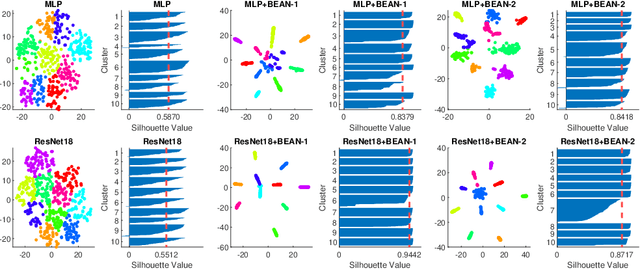BEAN: Interpretable Representation Learning with Biologically-Enhanced Artificial Neuronal Assembly Regularization
Paper and Code
Sep 27, 2019



Deep neural networks (DNNs) are known for extracting good representations from a large amount of data. However, the representations learned in DNNs are typically hard to interpret, especially the ones learned in dense layers. One crucial issue is that neurons within each layer of DNNs are conditionally independent with each other, which makes the co-training and analysis of neurons at higher modularity difficult. In contrast, the dependency patterns of biological neurons in the human brain are largely different from those of DNNs. Neuronal assembly describes such neuron dependencies that could be found among a group of biological neurons as having strong internal synaptic interactions, potentially high semantical correlations that are deemed to facilitate the memorization process. In this paper, we show such a crucial gap between DNNs and biological neural networks (BNNs) can be bridged by the newly proposed Biologically-Enhanced Artificial Neuronal assembly (BEAN) regularization that could enforce dependencies among neurons in dense layers of DNNs without altering the conventional architecture. Both qualitative and quantitative analyses show that BEAN enables the formations of interpretable and biologically plausible neuronal assemblies in dense layers and consequently enhances the modularity and interpretability of the hidden representations learned. Moreover, BEAN further results in sparse and structured connectivity and parameter sharing among neurons, which substantially improves the efficiency and generalizability of the model.
 Add to Chrome
Add to Chrome Add to Firefox
Add to Firefox Add to Edge
Add to Edge